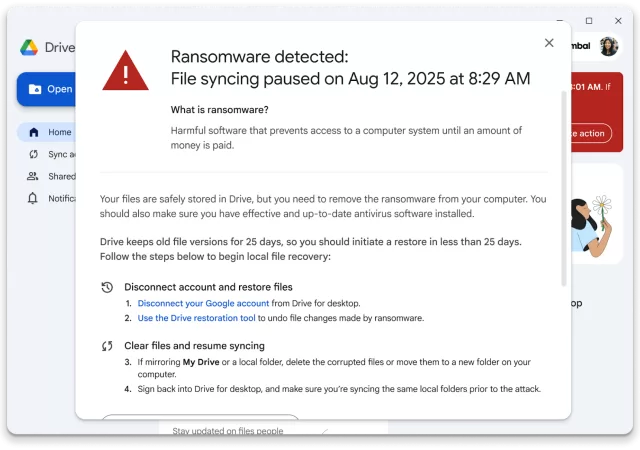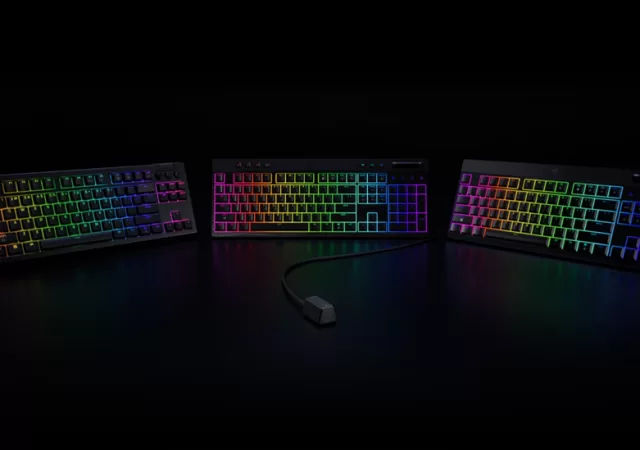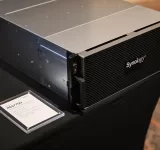Gemini Enterprise is Google Cloud’s latest innovation, providing a unified interface for advanced AI in the workplace to enhance efficiency.
Kaspersky Adds ‘Notification Protection’ to its Android App to Combat Phishing in Messengers
Kaspersky introduces Notification Protection to tackle phishing attacks through messages and keep Android users safe online.
Google Introduces AI Protection Measures in Google Drive
Google brings AI to Google Drive to assist in detecting and protecting against ransomware.
Google’s Epic Games Lawsuit Loss May Force Changes in the Google Play Store as the Supreme Court Denies Request to Delay
Google might be forced to make sweeping changes to how the Google Play Store works as the U.S. Supreme Court rejects its motion to delay implementation of anticompetition remedies.
CelcomDigi Goes Beyond Transactions with the New Unified CelcomDigi App
CelcomDigi introduces a unified CelcomDigi App that will replace the existing Celcom Life and MyDigi apps with more features and user-centred functionality.
Disney+ Hotstar Dropping the “Hotstar” in Malaysia
Disney+ Hotstar is getting a big rebrand in Malaysia and other markets as Disney works to unify its streaming identity and unify its serial offerings under the Hulu brand.
Adobe Premiere Comes to Mobile with New iPhone and iPad Apps
Adobe brings its popular Premiere Pro to mobile in the Adobe Premiere app for iPhone and iPad.
Razer Expands Its Breakthrough 4,000Hz Hyperpolling Wireless Dongle Technology for All BlackWidow Keyboar
Razer introduces the Hyperpolling Wireless Dongle that brings its cutting-edge 4,000Hz hyperpolling technology to the whole BlackWidow Keyboard lineup.

















